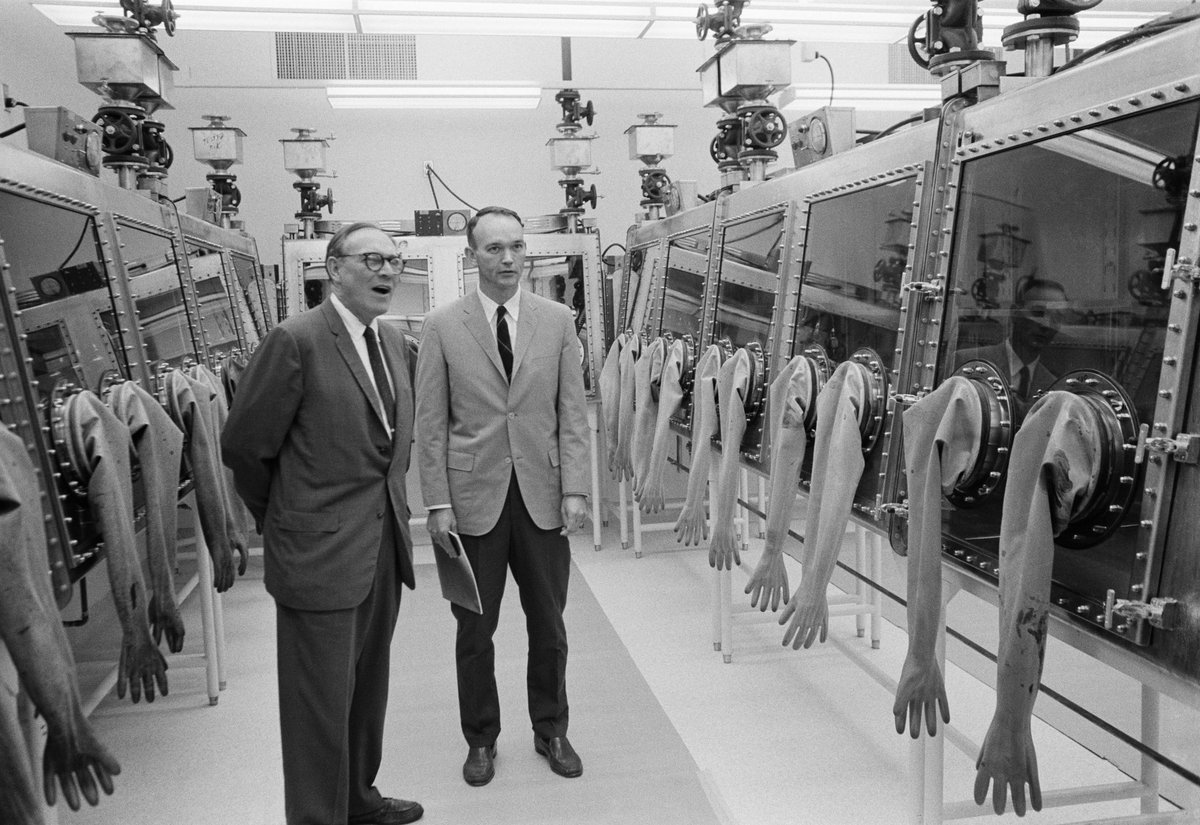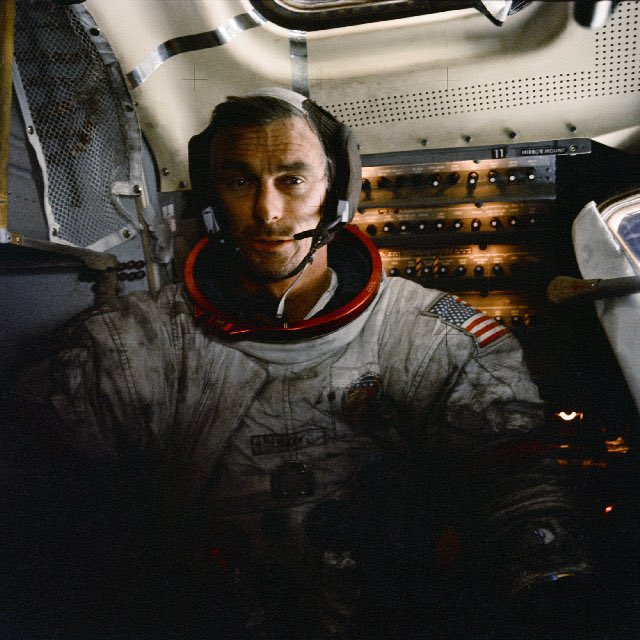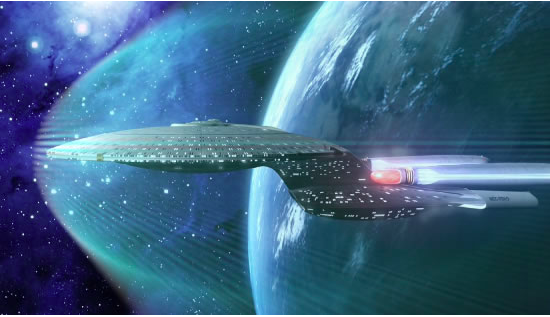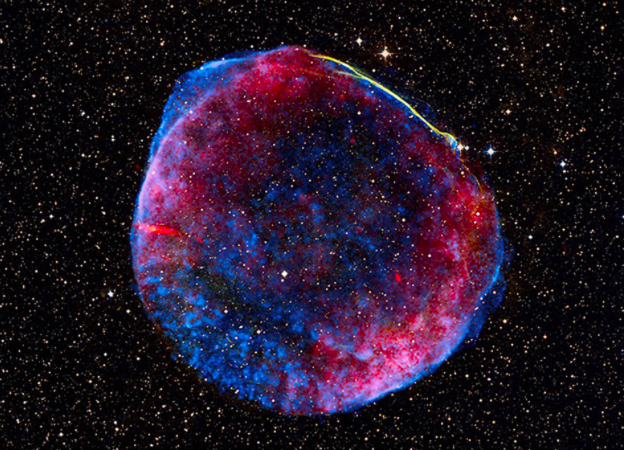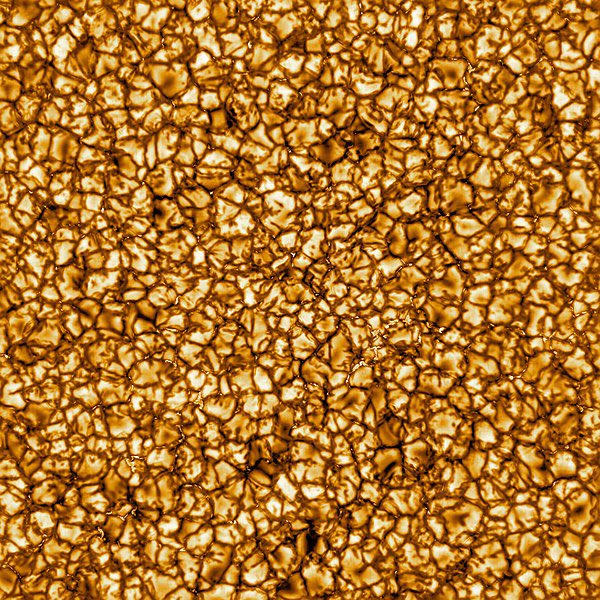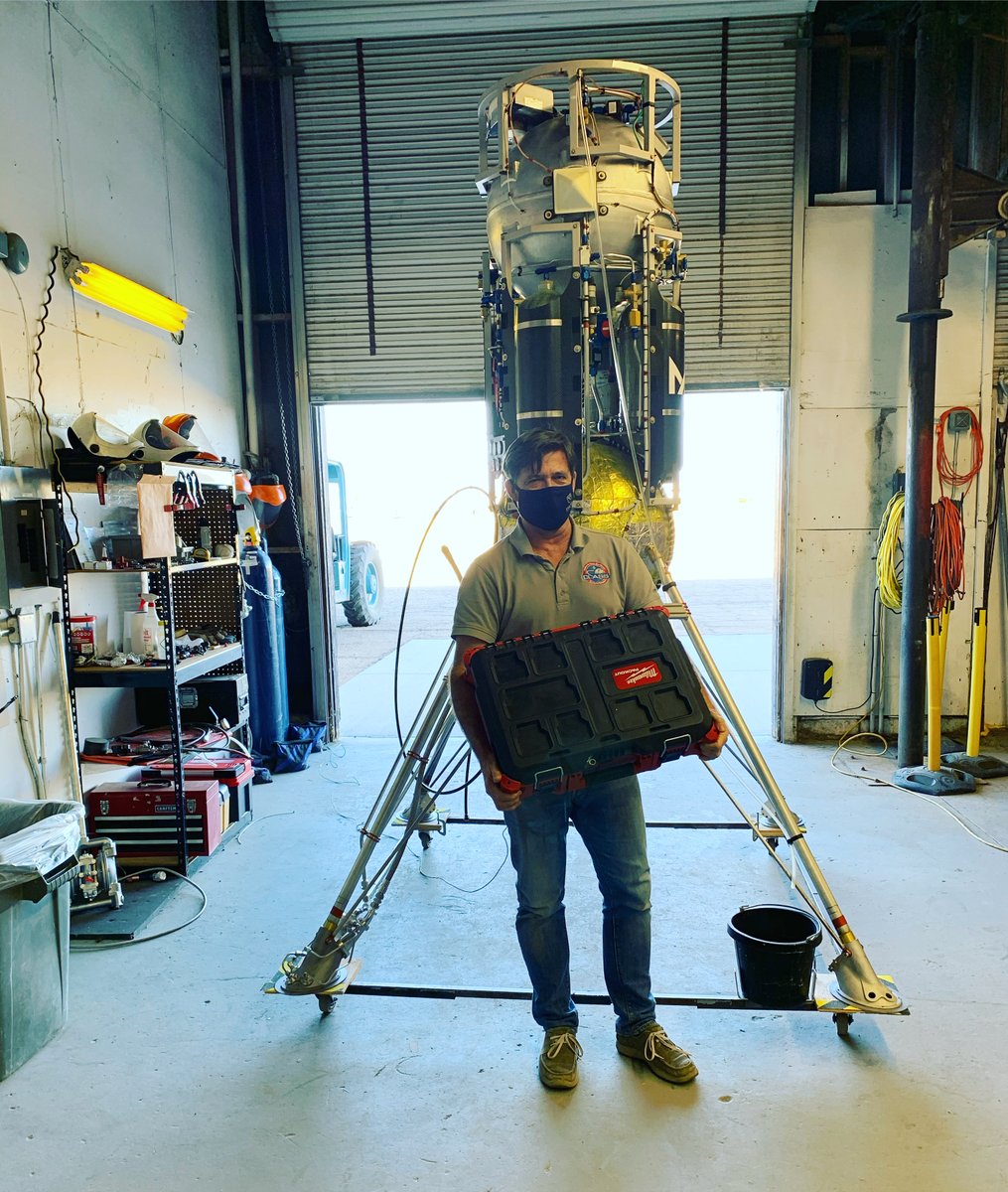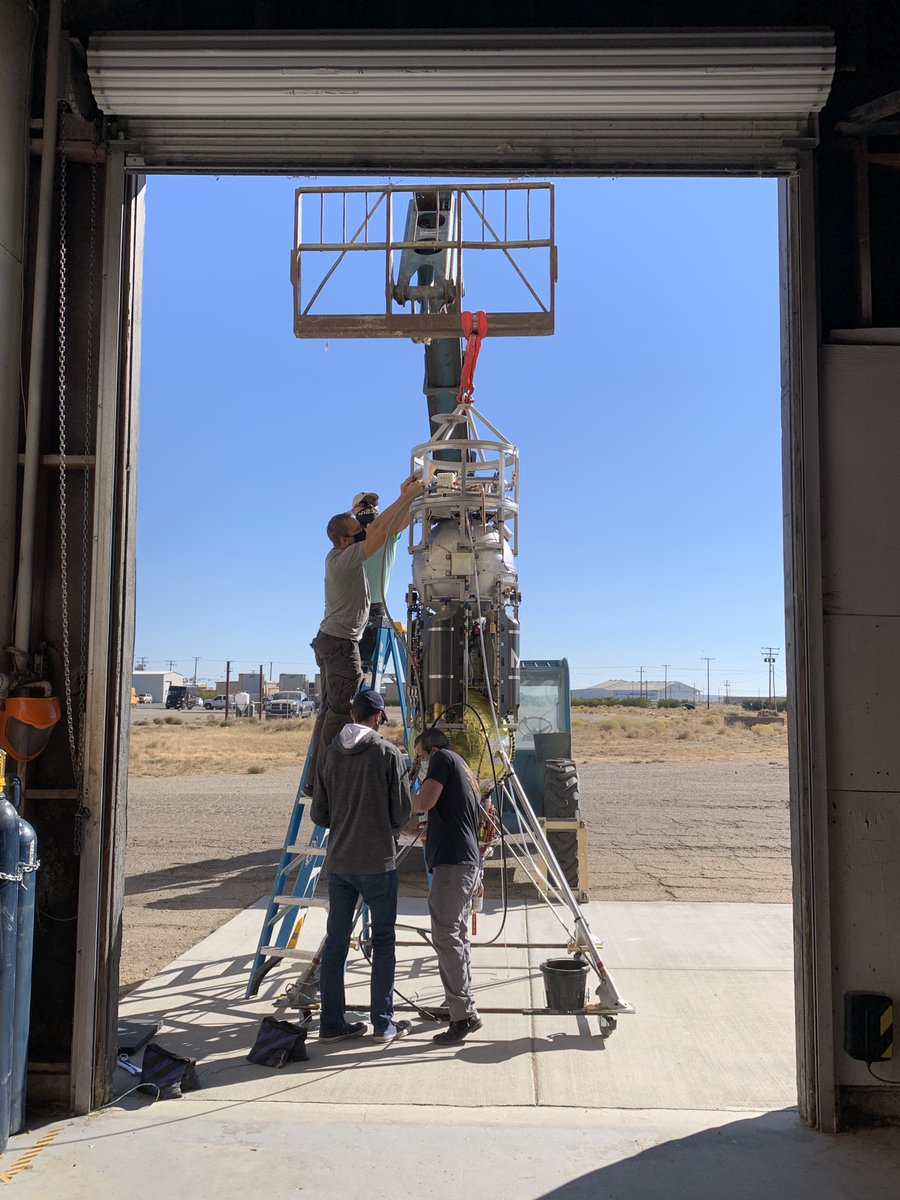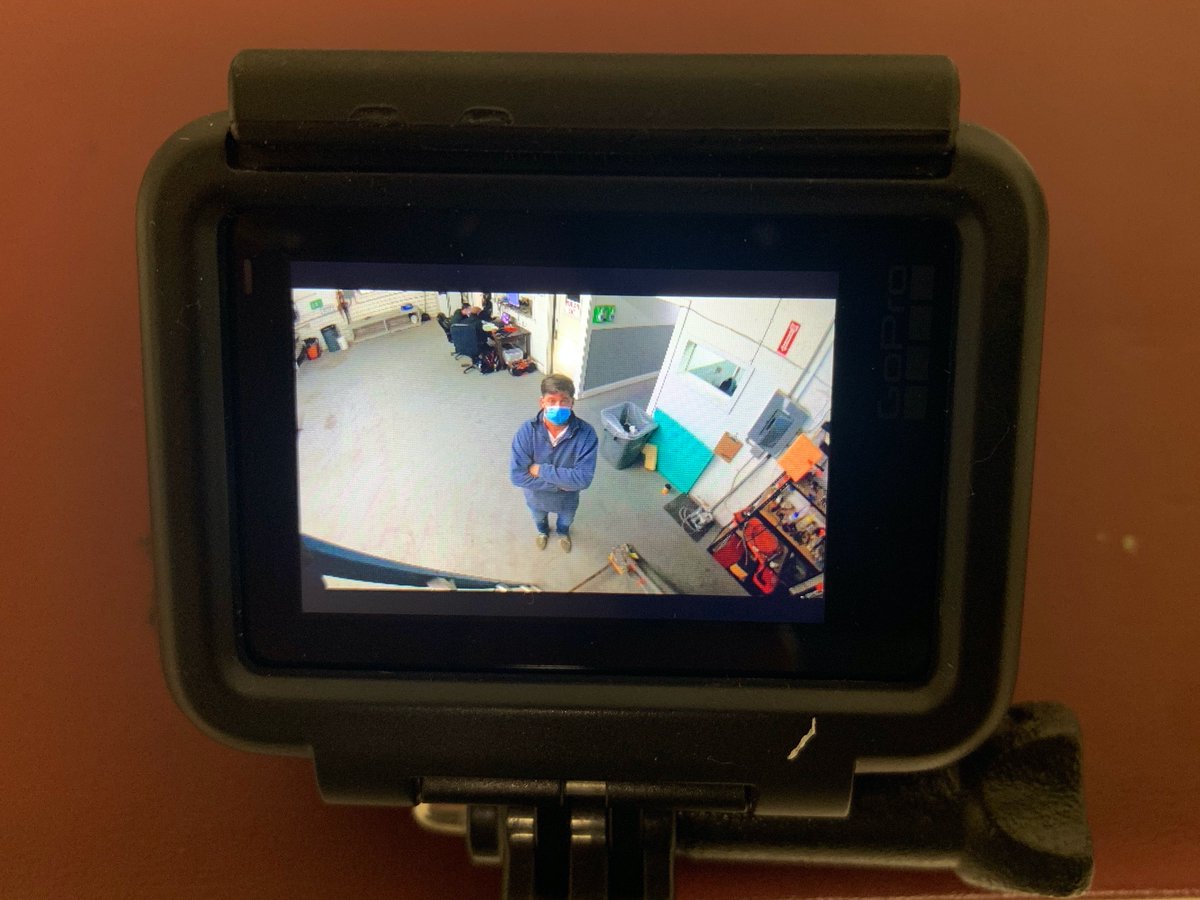
Great article explaining why there’s no reason to assume anything beyond natural process for ‘Oumuamua. The preprint (not paywalled) is here: arxiv.org/pdf/1907.01910…
https://twitter.com/lucaplanets/status/1355146447029727233
Not an expert here, but I asked astronomers in our faculty group and they tell me that the extreme light curve might not be entirely due to ‘Oumuamua’s shape. For example, it could be a contact binary where one lobe is a brighter material than the other lobe. Compare Arrokoth:
3/ If different parts of the object have different albedos, then it might be less than 6-to-1 in elongation. So the light curve that suggests it has extreme elongation shouldn’t be considered so strange. But even if it does have > 6:1 elongation, even that is not so strange.
4/ The other “weird” thing was it’s acceleration while leaving the sun without any visible comet tail. But that’s not so strange either. It has the exact same 1/r^2 acceleration that comets always have. The only question was why we didn’t see the emitted gas and dust. But...
5/ ...there was extremely minimal observation time. If the “dust” was composed of particles larger than a certain size then they are not expected to be visible. If the gas was below some detectable concentration then that non-detection is no surprise either.
• • •
Missing some Tweet in this thread? You can try to
force a refresh

